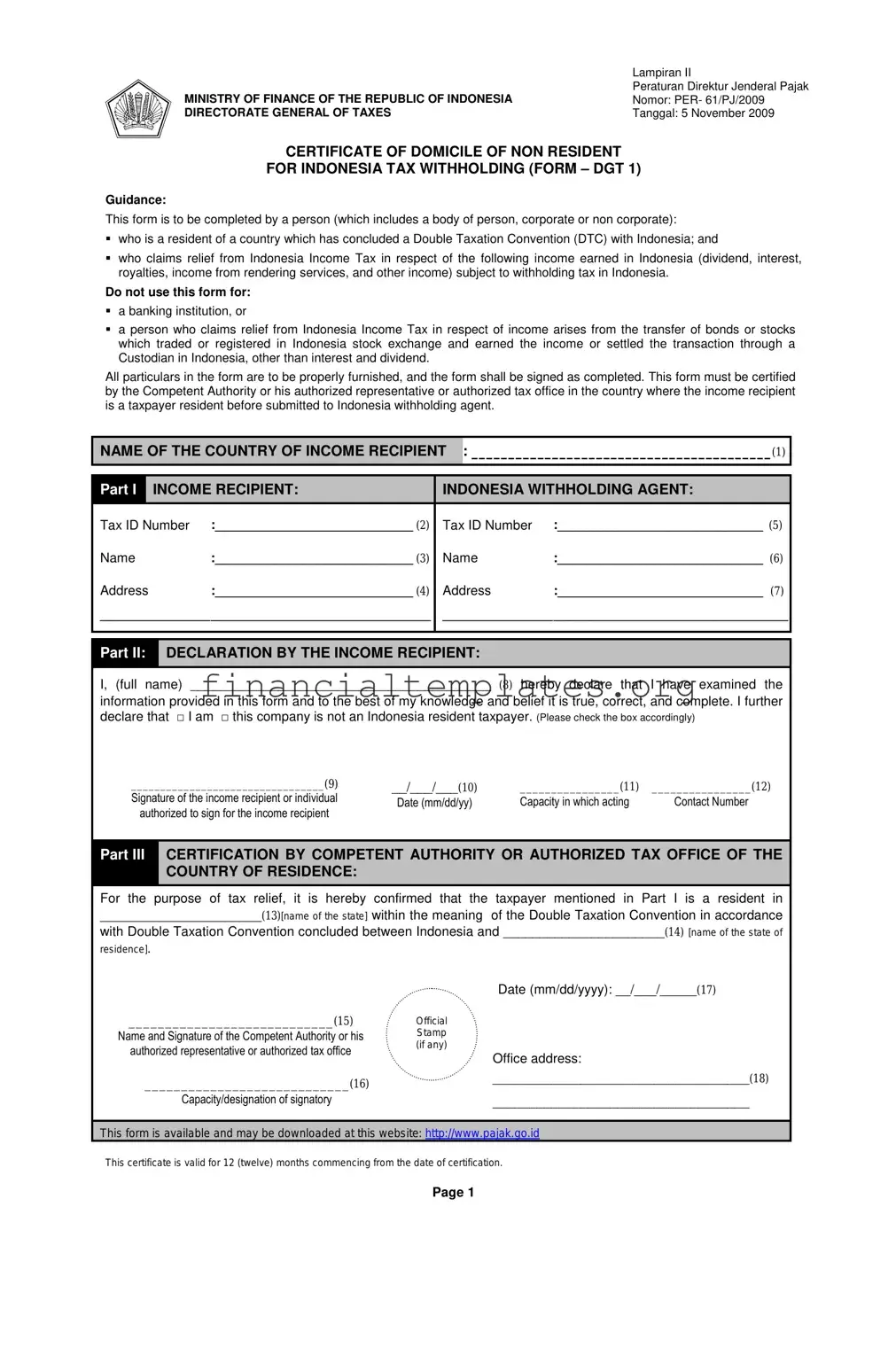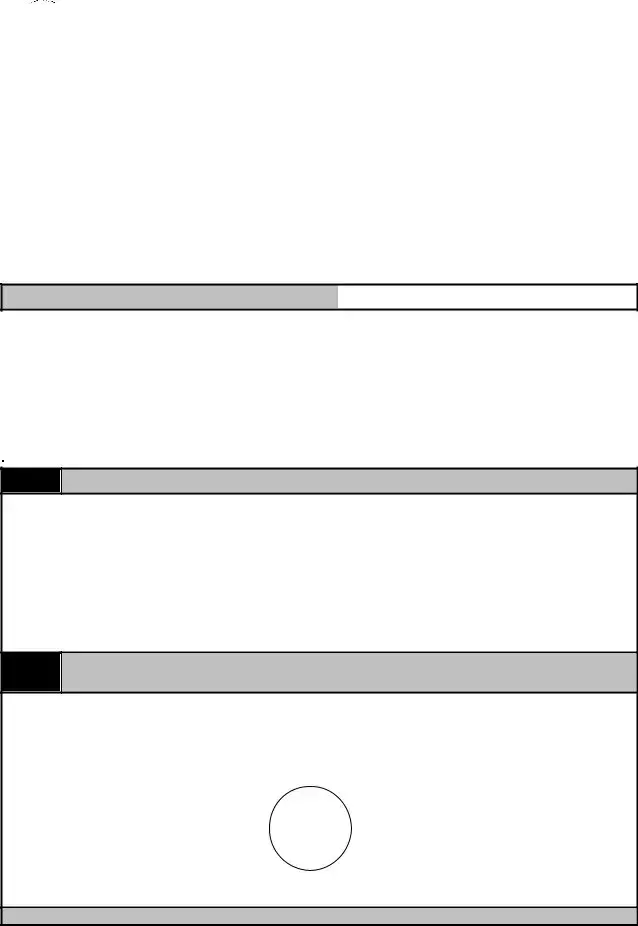The Form W-8BEN, "Certificate of Foreign Status of Beneficial Owner for United States Tax Withholding and Reporting (Individuals)," shares similarities with the DGT 1 Form. Both are utilized by non-residents to claim tax treaty benefits and to assert their status as non-residents in the filing jurisdiction. While the DGT 1 Form is specific to Indonesia, the W-8BEN applies to the U.S., aiming to prevent double taxation on foreign individuals.
The Form W-8BEN-E, "Certificate of Status of Beneficial Owner for United States Tax Withholding and Reporting (Entities)," is the corporate counterpart to the W-8BEN and parallels the DGT 1 Form for non-individual entities. Like the DGT 1 Form, it serves entities claiming tax treaty benefits and verifying their non-U.S. residence status, reducing withholding taxes on income sourced from the U.S., similar to how DGT 1 applies for income sourced from Indonesia.
The Form 8833, "Treaty-Based Return Position Disclosure," though not a certificate of residence, aligns with the DGT 1 Form's purpose by identifying taxpayers claiming tax treaty benefits. Individuals and entities use Form 8833 to disclose positions taken on a tax return that are based on a tax treaty, which may include similar types of income as the DGT 1 Form addresses, like dividends or interest from U.S. sources.
The Form W-8ECI, "Certificate of Foreign Person’s Claim That Income Is Effectively Connected With the Conduct of a Trade or Business in the United States," while distinct in intent from the DGT 1 Form, shares its role in tax withholding reduction. The primary difference lies in its application to income effectively connected with a U.S. trade or business, contrasting the DGT 1’s focus on non-resident income not subject to normal trade or business operations in Indonesia.
The Form 6166, a U.S. Residency Certification, although an American document, offers a functional similarity to the DGT 1 Form for U.S. residents doing business abroad. It is used to claim income tax treaty benefits and verify residency within the United States for the purpose of double taxation avoidance, mirroring the DGT 1's use for Indonesian tax purposes.
The Certificate of Residence from the Canada Revenue Agency serves a comparable purpose to non-Canadian entities and individuals as the DGT 1 Form does for those outside Indonesia. This certificate helps taxpayers claim benefits under a tax treaty between Canada and their country of residence, reducing or eliminating withholding tax in a manner akin to the DGT 1’s role within Indonesian taxation.
The HM Revenue and Customs (HMRC) Residency Certificate in the UK fulfills a role similar to that of the DGT 1 Form, helping UK residents claim double taxation relief abroad. By proving UK residency, individuals and entities can lower or negate withholding tax on foreign income, a goal paralleled by the DGT 1 Form for those with Indonesian income sources.
The Australian Taxation Office (ATO) Certificate of Residency is used by Australian residents to claim tax treaty benefits overseas, similar to how the DGT 1 Form is used in Indonesia. This certificate allows Australians to reduce or avoid double taxation on income earned outside Australia, employing a process reflective of the intentions behind Indonesia's DGT 1 Form.



